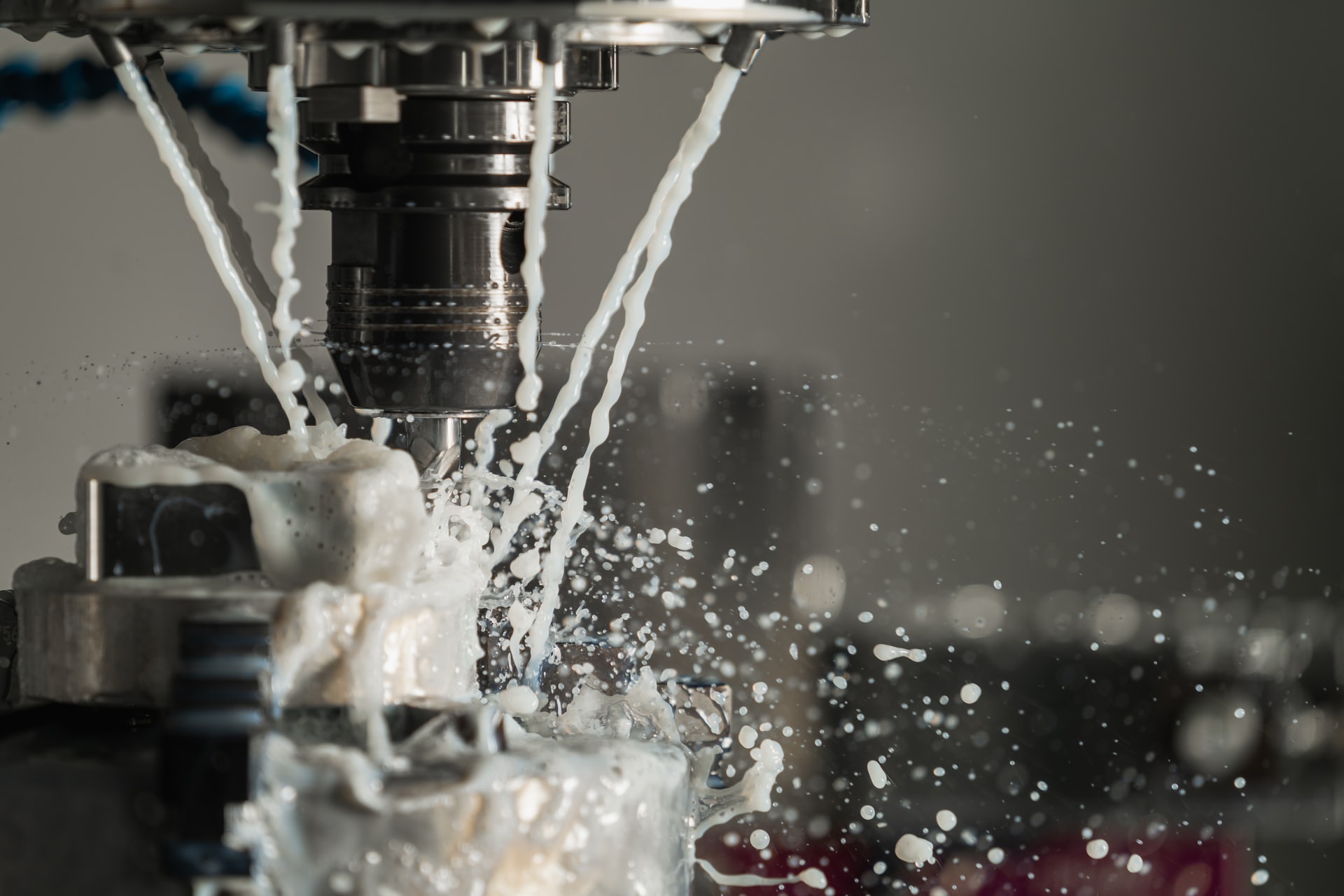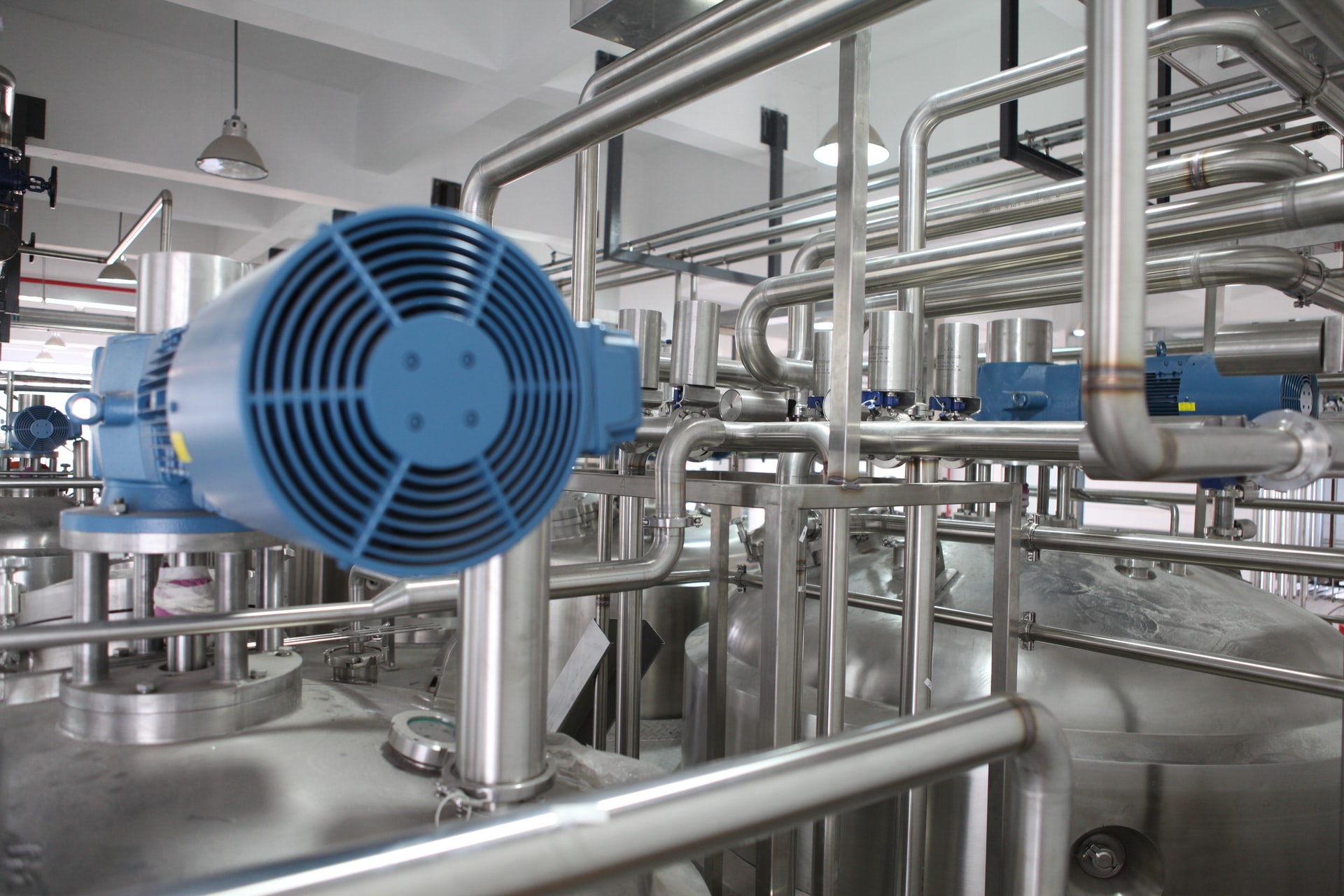It goes without saying that machinery is a very important aspect of all industrial facilities. Without efficient and smooth-running machines, industrial amenities wouldn’t function properly – easy as that.
With that being said, machinery can be taken to greater manufacturing heights only if it’s maintained well because when well-maintained, your machinery helps you get everything done without a hitch. But when neglected, it can break down and leave you waiting on repairs.
So, to better understand machinery maintenance, you must understand the importance of machine lubrication.
There are a few facts you need to understand and keep in mind about lubrication and how important proper lubrication is to maintain your machinery in the long run. Since things can get pretty hectic with machines, mistakes are made easily, and they are more than likely bound to happen. However, if you get your lubrication right, then you’ll extend the life of your machine and reduce the overall maintenance costs of your facility.
To make things easier for you, here are some machine lubrication mistakes that are commonly made—and how to avoid them.
Lubrication Protocol Violations
For starters, lubricant storage and transportation must be done correctly, which means that you need to have company standards and invest time, effort, and money into storage and transportation for the machine lubricants. In addition, your storage space and transferring equipment should be kept clean and organized using color-coded marking. This will help to provide a visual reminder of your staff’s dedication to protocols and programs when placed across the facility. It also fosters a maintenance-oriented attitude in the workforce.
Another common misunderstanding is that fresh oil is clean, which often leads to premature failure of machines. The truth is that fresh oil will only be clean to a certain extent. This level should be compared to the specifications for linear bearings and guides, which are usually published in ISO formats. After all, the guides must be followed in order to determine if the new oil is clean enough. Filtering the oil before it’s transported from a barrel to bulk storage, and later from bulk storage to temporary containers, is the best approach to avoid this.
Additionally, to protect the oil from airborne pollutants, it’s important to use high-quality filtration and closed transfer points. As a result, the oils and any other fluids will be kept clean when they are most exposed. Also, when it comes to the act of lubricating the machines, you need to be careful and choose the best grease gun coupler which needs to provide clean oil transfers and reduce the risk of oil contamination.
Using Inappropriate Lubricants
It might be challenging to determine the best lubricant for machine lubrication. Aside from application and mechanical factors, there is also a large range of lubricant alternatives to consider.
However, choosing the correct lubricant for linear bearings and guides is crucial from the start, because if you use the wrong lubricant, it will either reduce the operating life of your machine or will result in much bigger failures.
Generally, the thicker the lubricant, the more it protects against contamination, because more grease usually offers more protection overall, compared to regular oil. However, other application criteria must be considered as well. Grease should always be considered first in applications that are vulnerable to dust, fumes, and other contaminants. Grease keeps its consistency over time, giving it a better choice than oil for long-term operations that require little maintenance.
However, grease does not operate as well as oil at high speeds and temperatures. As operational temperatures rise, oil viscosity normally drops rapidly. At temperatures spanning from 100 to 212°F, there are at least four common viscosity values (38 to 100°C). The challenge is to find a lubricant with a viscosity that is acceptable at the bearing’s working temperature.
Neglecting Maintenance
It is not a good idea to wait for machine elements to break before repairing them because it entails unplanned downtime, which results in lost productivity of the machines and your industrial facility overall.
However, to prevent downtime, you need to do regular check-ups, make machine part replacements, and follow a systematic lubrication plan. A visual and manual inspection, self-lubricating bearings, and condition monitoring are all part of a comprehensive lubrication plan.
The first line of protection against downtime is to visually and manually inspect the lubricant. By running a finger across the bearing shaft, your maintenance staff can determine whether the lubrication is either adequate or not enough.
For the manual and visual lubricant inspection to succeed, your maintenance staff needs to have good judgment, training, and experience. They should be aware of the appropriate amount of lubrication for various transportation requirements, environmental conditions, and loads. So, maintenance staff may notice symptoms of wear during inspections, such as increased vibration or excessive noise.

Photo by Daniel Smyth on Unsplash
As time goes by, the maintenance process can become automated, as optical sensors detect the absence or presence of lubrication and set off alerts if the load is insufficient. Additionally, sensors can detect even the tiniest increase in friction or vibration due to poor lubrication or wear.
Final Thoughts
We hope that this overview has made things clearer when it comes to lubricant selection and application. While all machines perform differently, all of them are dependent on their lubrication systems to function smoothly and efficiently. Hopefully, this list of lubrication mistakes can spare you from making them and focus on practicing your machine lubrication plan in the best way possible. Before you know it, your machines will be running as well as on the day that you bought them.







